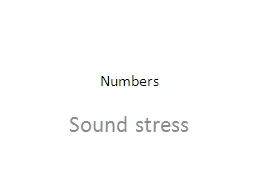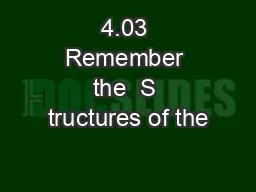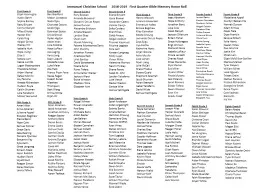PDF-Eighth International Conference on HINWALLED TRUCTURES ICTWS2018 Lisb
Author : lydia | Published Date : 2021-08-24
Zs Nagy et altransverse action is significantly lower In case of nonconventional joints where the identification of the relevant components is also difficult FEA
Presentation Embed Code
Download Presentation
Download Presentation The PPT/PDF document "Eighth International Conference on HINWA..." is the property of its rightful owner. Permission is granted to download and print the materials on this website for personal, non-commercial use only, and to display it on your personal computer provided you do not modify the materials and that you retain all copyright notices contained in the materials. By downloading content from our website, you accept the terms of this agreement.
Eighth International Conference on HINWALLED TRUCTURES ICTWS2018 Lisb: Transcript
Download Rules Of Document
"Eighth International Conference on HINWALLED TRUCTURES ICTWS2018 Lisb"The content belongs to its owner. You may download and print it for personal use, without modification, and keep all copyright notices. By downloading, you agree to these terms.
Related Documents







![932 &#x/Att;¬he;
[/;&#xTop ;&#x]/Ty;&#xpe /;&#xPagi;&#xnati;&#](https://thumbs.docslides.com/609156/932-x-att-xache-xd-xtop-x-ty-xpe-xpagi.jpg)






